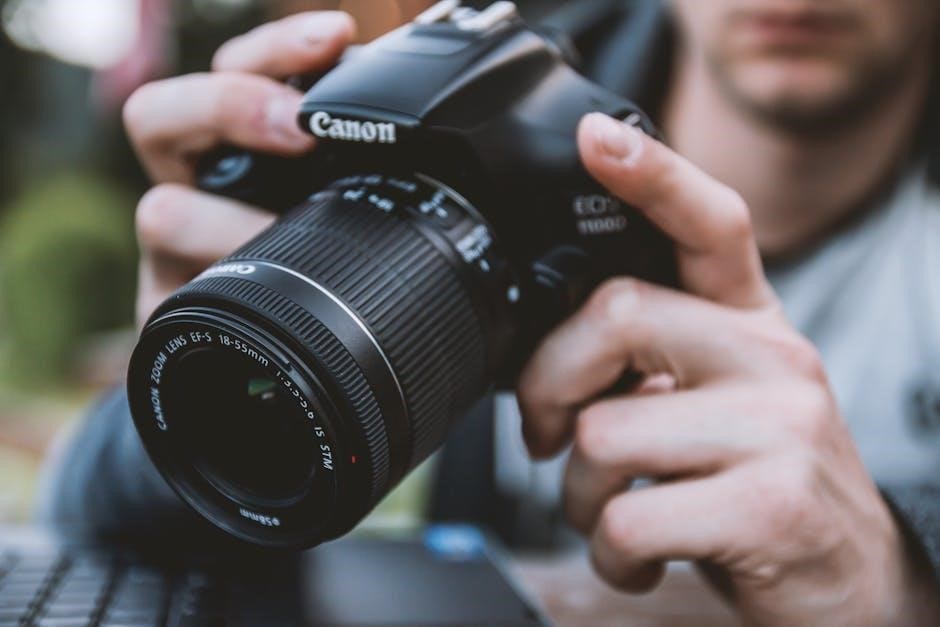Honeywell Home T6 Pro Thermostat: Installation Guide
This comprehensive guide provides step-by-step instructions for installing your Honeywell Home T6 Pro thermostat. We strongly recommend having a trained HVAC technician perform the installation for optimal performance and safety. Read these instructions carefully before beginning.
Package Contents
Before you begin the installation process, carefully unpack the box and verify that all the necessary components are present. Your Honeywell Home T6 Pro thermostat package should include the following items:
- The T6 Pro Thermostat unit
- The UWP (Universal Wiring Plate) mounting system
- An optional decorative cover plate for covering any gaps or junction boxes
- Mounting screws and wall anchors for secure installation
- Two AA batteries to power the thermostat
- Comprehensive thermostat documentation, including installation instructions and user guide
Ensure that all items are present and in good condition before proceeding with the installation. Contact support if anything is missing or damaged.
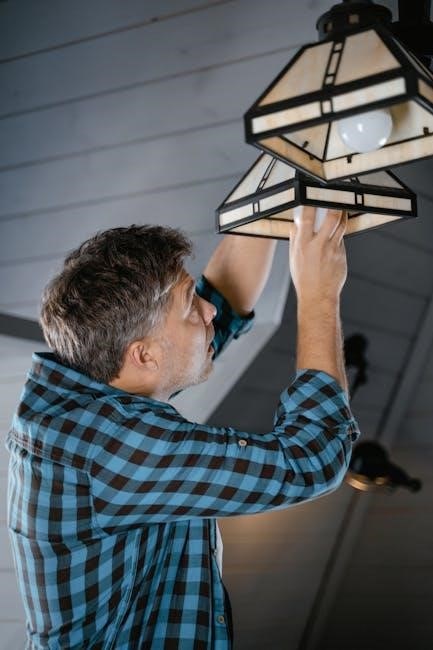
UWP Mounting System Installation
The Universal Wiring Plate (UWP) is the foundation for mounting your T6 Pro. Proper installation of the UWP ensures a secure and level base for the thermostat. Follow these steps for correct UWP installation.
Preparing the Wall
Before attaching the UWP, you must prepare the wall surface. First, ensure the power to your HVAC system is turned off at the breaker. Remove the old thermostat from the wall, disconnecting any wires attached to it. Carefully label each wire with the corresponding terminal designation from the old thermostat to avoid confusion later.
Inspect the wall surface for any damage or debris. Patch any holes and clean the area where the UWP will be mounted. Use a level to determine the desired position for the thermostat, ensuring it is straight. Mark the locations for the mounting screws, ensuring they align with wall studs or using the provided wall anchors for secure attachment.
Attaching the UWP
With the wall prepared, it’s time to attach the UWP (Universal Wall Plate). Pull the wires through the wiring hole of the UWP. Position the UWP on the wall, aligning it with the marked screw locations and ensuring it is level. If using wall anchors, lightly tap them into the wall using a hammer before securing the UWP with the supplied mounting screws.
Insert and tighten the mounting screws through the UWP into the wall studs or wall anchors. Do not overtighten the screws, as this could damage the UWP or the wall. Ensure the UWP is securely attached and does not wobble.
Wiring Terminal Designations
Understanding the wiring terminal designations is crucial for proper thermostat operation. Carefully identify each wire from your HVAC system and connect it to the corresponding terminal on the T6 Pro.
Terminal Identification
The T6 Pro thermostat utilizes industry-standard terminal designations for easy wiring. Common terminals include R (power), C (common), W (heat), Y (cool), and G (fan). Carefully examine the wiring diagram included with your thermostat and compare it to your existing system’s wiring.
For heat-only systems, you’ll typically use the R and W terminals. Cooling systems will utilize R, Y, and C. Heat pumps often require additional terminals such as O/B for changeover valves. Ensure the slider tabs for the U terminals are left in place. If your system has Rc and R wires, set the slider accordingly. Depress terminal tabs to insert or remove wires, ensuring a secure connection for optimal thermostat performance.
Wiring Conventional Systems
This section provides specific wiring instructions for conventional heating and cooling systems. It covers both forced air and hydronic systems, ensuring compatibility with a wide range of setups. Always disconnect power before wiring!
Forced Air Systems
For forced air systems, identify the wires connected to your existing thermostat. Common wires include those for heating (W), cooling (Y), fan (G), and the common wire (C), if present. Remove the old thermostat, carefully labeling each wire. Connect the corresponding wires to the appropriate terminals on the T6 Pro’s UWP mounting system. Ensure that each wire is securely fastened to its designated terminal. Refer to the wiring diagrams provided in the full manual for specific configurations. Double-check all connections before proceeding to the next step. Incorrect wiring can damage your HVAC system.
Hydronic Systems
When wiring for hydronic systems, also known as hot water or radiant heat, identify the wires connected to your existing thermostat. Typically, you will encounter wires for heating (W) and potentially a common wire (C) if your system requires it. Disconnect the old thermostat after carefully labeling each wire. Connect the designated wires to the corresponding terminals on the T6 Pro’s UWP mounting system. Securely fasten each wire to ensure a reliable connection. Refer to the wiring diagrams provided in the full installation manual for specific hydronic system configurations. Confirm all connections before moving forward. Incorrect wiring can lead to system malfunction.
Thermostat Mounting
After completing the wiring, carefully align the T6 Pro thermostat with the UWP mounting system. Gently push the thermostat onto the UWP until it snaps securely into place, ensuring a firm connection and proper alignment.
Aligning and Securing the Thermostat
With the wiring complete and safely tucked away, the next step involves carefully aligning the T6 Pro thermostat with the previously installed UWP (Universal Wall Plate) mounting system. Ensure that the thermostat is oriented correctly, matching the contours of the UWP. Gently guide the thermostat towards the UWP, paying close attention to the alignment of the connector pins or terminals.
Once aligned, apply gentle but firm pressure to the thermostat, pushing it directly onto the UWP. You should hear a distinct “snap” or “click” sound, indicating that the thermostat is securely fastened to the mounting plate. This secure connection ensures proper electrical contact and prevents the thermostat from easily detaching from the wall. Double-check the alignment to make sure it’s level and aesthetically pleasing.
System Operation Settings
After the thermostat is mounted, configure the system operation settings. This includes setting the system mode (heat, cool, auto), fan operation, and any other preferences for optimal performance.
Setting Date and Time
To ensure accurate scheduling and system operation, it is crucial to set the correct date and time on your Honeywell Home T6 Pro thermostat after the physical installation is complete. This step is essential for the thermostat to follow programmed schedules effectively.
Access the settings menu on the thermostat’s display. Navigate to the date and time settings, usually found within the system setup options. Use the thermostat’s buttons or touchscreen interface to adjust the month, day, year, hour, and minute. Confirm the settings.
Accurate date and time settings are vital for energy savings and comfort.
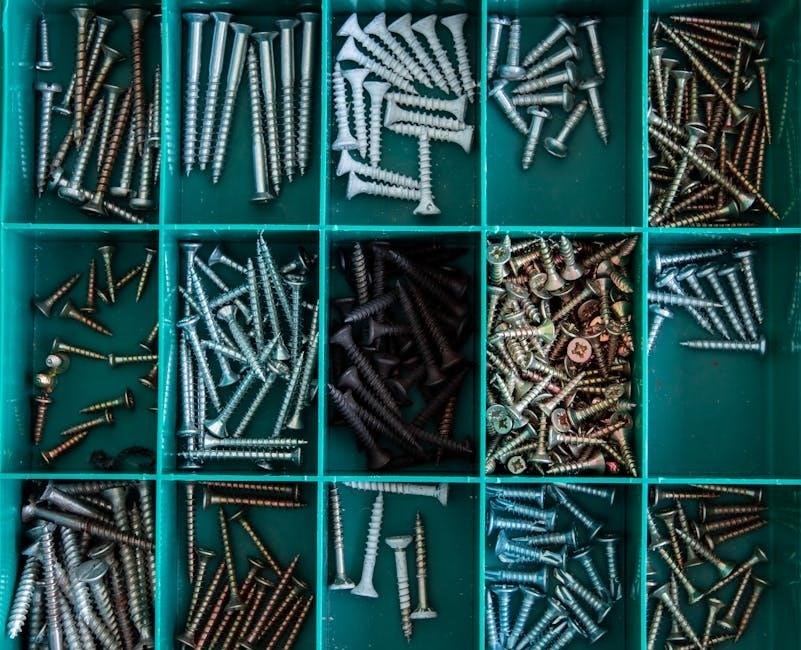
Installer System Test
After completing the wiring and initial setup of your Honeywell Home T6 Pro thermostat, it is essential to perform a comprehensive installer system test. This test verifies that the thermostat is correctly connected to your heating and cooling system and that all components are functioning as expected.
Enter the installer setup menu through the thermostat’s interface. Locate the system test option and initiate the test sequence. The thermostat will cycle through various heating and cooling stages, allowing you to observe the system’s response. Verify that the heating, cooling, and fan operate correctly during each stage.
Address any issues discovered during the test.
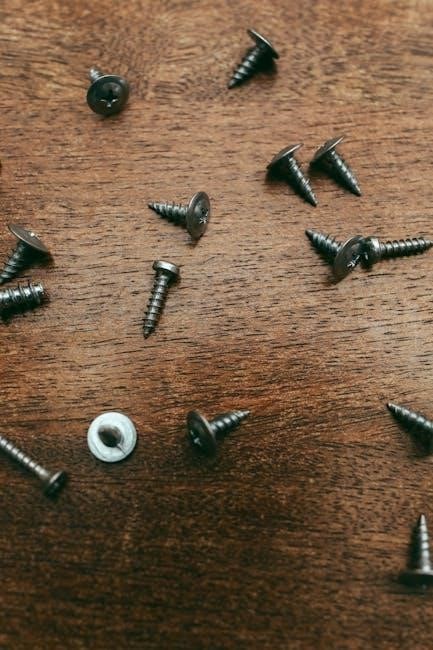
Optional Cover Plate Installation
The optional cover plate is useful for concealing any gaps or marks left by the previous thermostat. It also provides a clean and professional finish when mounting to an electrical junction box.
Using the Cover Plate
The cover plate included with your Honeywell Home T6 Pro thermostat serves a dual purpose. Firstly, it’s designed to conceal any existing imperfections on the wall, such as paint gaps or screw holes left behind by your previous thermostat. This ensures a clean and aesthetically pleasing installation. Secondly, the cover plate is essential if you are mounting your new thermostat directly onto an electrical junction box.
It provides a secure and standardized mounting surface, ensuring proper alignment and stability. Before proceeding with the installation, carefully assess your wall surface. If you notice any blemishes or are utilizing a junction box, the cover plate is highly recommended for a professional finish.
Mounting the Cover Plate
To properly mount the cover plate, first position it on the wall, ensuring it covers the electrical junction box or any imperfections you wish to conceal. The cover plate offers six screw holes, providing flexibility in securing it to the wall. Insert the mounting screws included with the cover plate into the desired holes.
Carefully tighten the screws, ensuring the cover plate is flush against the wall and securely fastened. Avoid overtightening the screws, as this could potentially damage the cover plate or the wall itself. A snug fit is all that is required for a stable and aesthetically pleasing installation. Once the cover plate is securely mounted, you can proceed with attaching the thermostat to the cover plate.
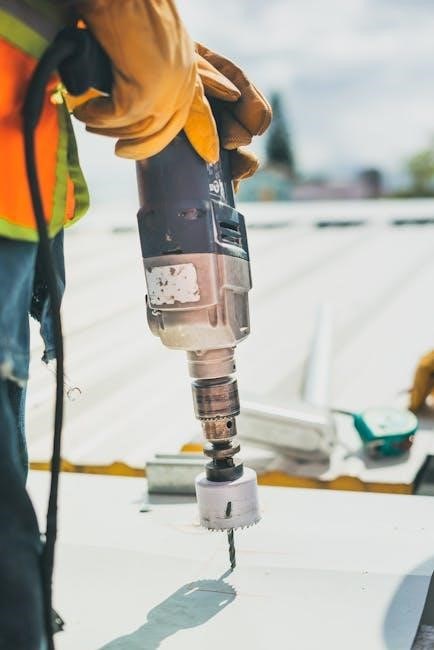
Troubleshooting
Encountering issues during or after the installation of your Honeywell Home T6 Pro thermostat? Let’s address some common problems. If the thermostat displays a blank screen, ensure the power is on at the breaker and that the thermostat is properly connected to the power source. Check the wiring connections for any loose or incorrect placements, referring to the wiring diagrams in this guide.
If the thermostat isn’t controlling your HVAC system as expected, verify that the system type is correctly configured in the installer setup menu. Double-check the wiring configuration to ensure it matches your specific heating and cooling system. For further assistance, consult the Honeywell Home support resources or contact a qualified HVAC technician. Remember to have your model number ready when seeking support.
Connecting to Ring App
Integrate your Honeywell Home T6 Pro Z-Wave Smart Thermostat with the Ring app to enhance your home’s security and convenience. Begin by ensuring your T6 Pro is the Z-Wave model. Open the Ring app and navigate to the “Devices” section. Tap the “+” icon to add a new device, and select “Thermostat” from the list.
Follow the on-screen prompts to initiate the connection process. The Ring app will guide you through pairing your T6 Pro with your Ring system. Once connected, you can remotely adjust the temperature, switch between heating and cooling modes, and control the fan directly from the Ring app. Enjoy seamless control and energy management from anywhere, anytime.
